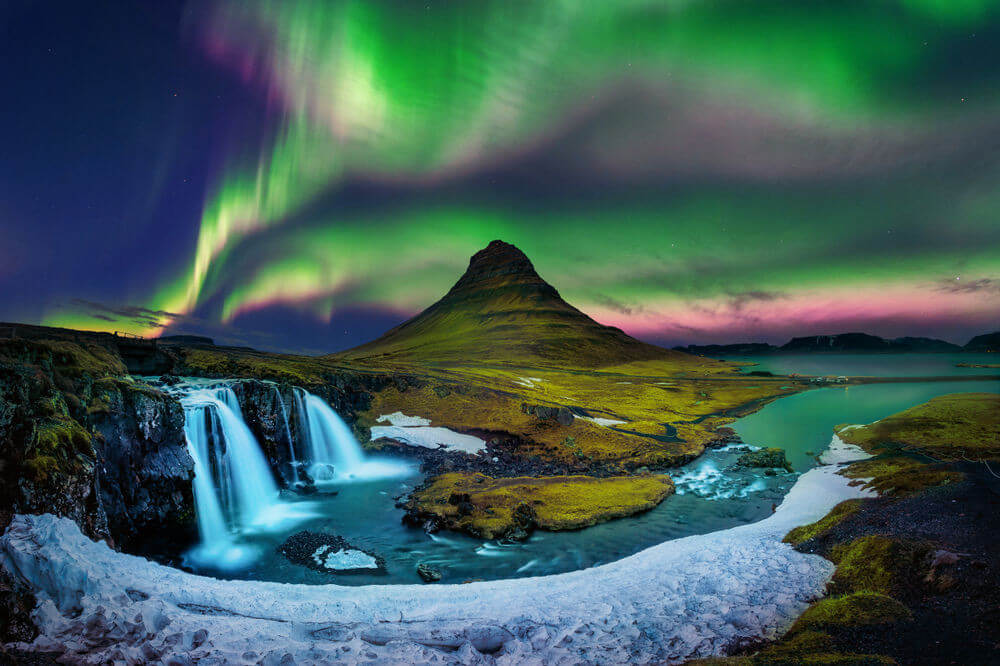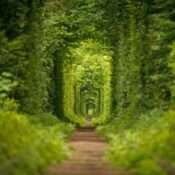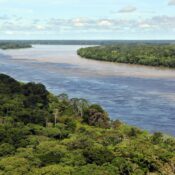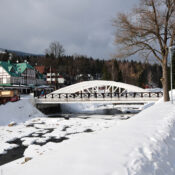Famous Hot Springs And Dramatic Volcanic Island Scenery In Iceland
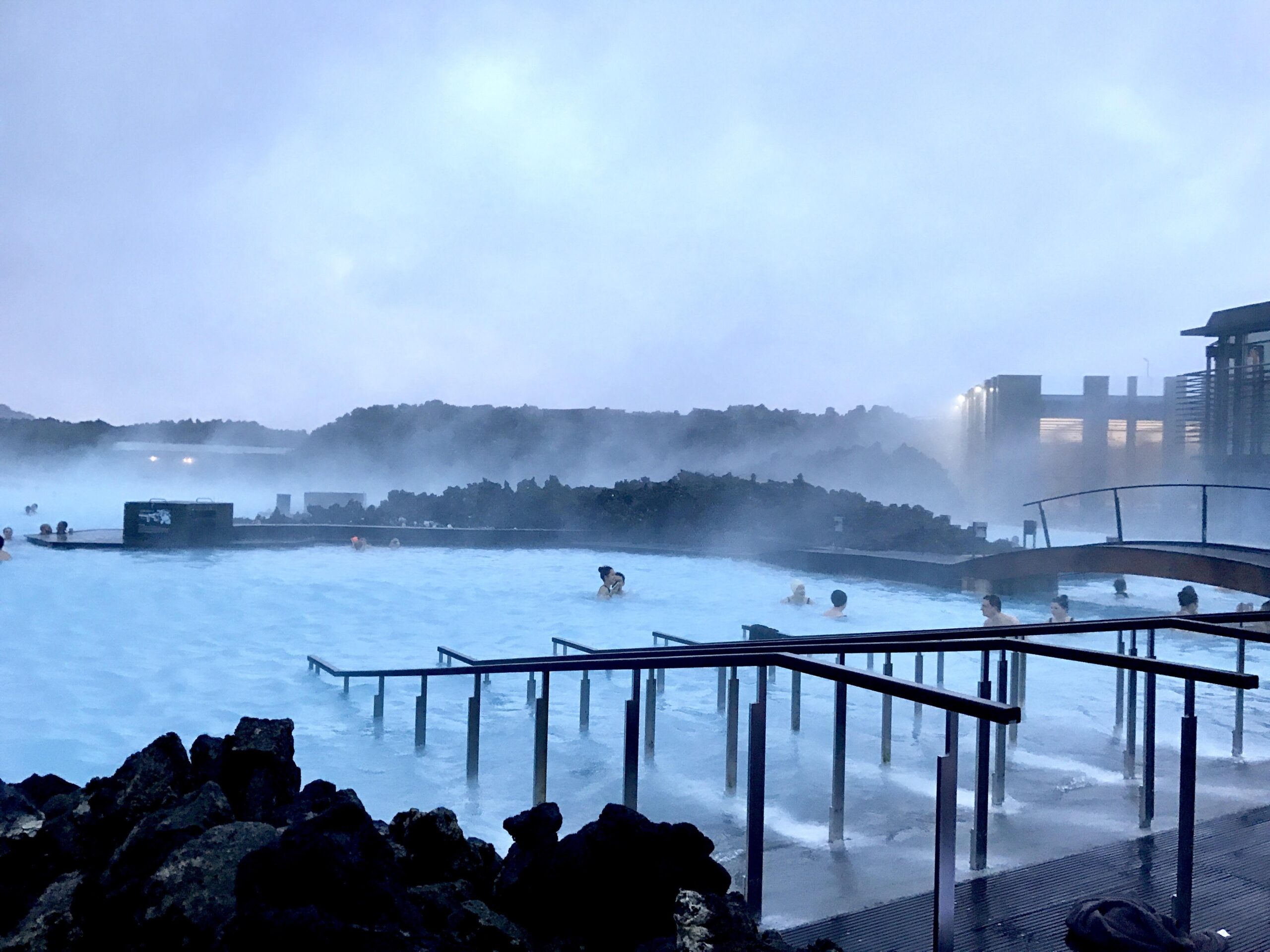
Famous Hot Springs And Dramatic Volcanic Island Scenery In Iceland
Iceland is a unique Nordic island nation situated between the North Atlantic and Arctic Oceans, lying along the Mid-Atlantic Ridge, which defines the boundary between the North American and Eurasian tectonic plates. As the westernmost country in Europe, Iceland is noted for its sparse population, with approximately 380,000 residents, of whom about 36% live in the capital and largest city, Reykjavík. This vibrant capital not only serves as the political and cultural heart of the nation but also acts as a hub for various artistic and social activities.
The official language spoken in Iceland is Icelandic, a North Germanic language that has changed little since the Viking Age, which contributes to the country’s rich cultural heritage. Iceland’s geography is defined by its dramatic volcanic landscape, which includes geysers, glaciers, mountain ranges, and extensive lava fields.
The island’s position on a tectonic rift results in significant geological activity, including frequent volcanic eruptions, which have shaped the land and continue to influence its environment. The interior of Iceland is marked by a volcanic plateau featuring vast sand and lava fields interspersed with glaciers, while numerous glacial rivers weave their way through the low-lying regions, eventually reaching the sea.
Despite its northern latitude, just south of the Arctic Circle, Iceland experiences a temperate maritime climate due to the moderating influence of the Gulf Stream. This unique climate allows for relatively mild winters and cool summers, though many of the surrounding islands possess a more polar climate characterized by colder temperatures.
According to the ancient manuscript Landnámabók, the settlement of Iceland began in 874 AD, when Norse chieftain Ingólfr Arnarson became the island’s first permanent settler. Following his arrival, additional Norwegians and, to a lesser extent, other Scandinavians migrated to Iceland, bringing with them thralls (slaves or serfs) of Gaelic descent, which enriched Iceland’s cultural tapestry.
For several centuries, Iceland was governed as an independent commonwealth, with its native parliament, the Althing, playing a crucial role in its political life. Established in 930 AD, the Althing is considered one of the oldest functioning legislative assemblies in the world.
However, after a period of internal conflict and civil strife, Iceland succumbed to Norwegian rule in the 13th century. In 1397, Iceland became part of the Kalmar Union, which brought together Denmark, Norway, and Sweden. With the dissolution of this union in 1523, Iceland fell under de facto Danish control.
The influence of the Danish crown grew stronger over time, and in 1550, Lutheranism was introduced to the island through coerced conversions. This change marked a significant transformation in Icelandic religious practices. The Treaty of Kiel in 1814 formalized the cession of Iceland to Denmark, establishing a framework for the island’s governance that would continue to evolve in the centuries to follow.
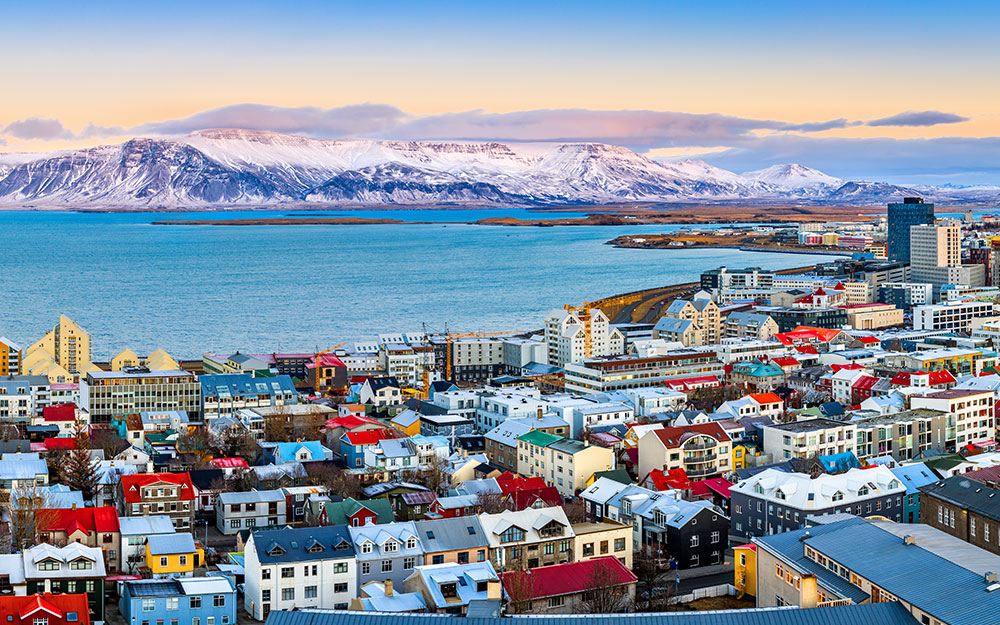
Discovering And Exploring Iceland’s Culture Including Traditions
Iceland is a country of breathtaking contrasts, featuring a unique blend of dramatic landscapes that encompass rugged coastlines, towering glaciers, and inviting hot springs. It is renowned for its geothermal activity, which includes geysers, active volcanoes, and expansive lava fields, making the terrain a genuine marvel of nature. Remarkably, approximately eleven percent of Iceland is covered by glacial ice, with its geographical positioning surrounded by the North Atlantic Ocean offering a stunning waterfront.
The country is characterized by a central highland plateau interspersed with majestic mountain peaks and vast ice fields. Its coastline is famously indented by deep fjords, which have been intricately carved by ancient glaciers over millennia, creating scenic inlets that are perfect for exploration. This diverse environment has inspired a deeply embedded culture where outdoor activities thrive.
Icelanders take advantage of their natural surroundings through activities such as swimming in warm mineral-rich hot springs, skiing on snow-draped slopes, and horseback riding across the rugged terrain. The night skies often dazzle with the ethereal display of the aurora borealis, or Northern Lights, drawing both locals and visitors alike to pause in awe of nature’s spectacle.
Iceland boasts a rich literary heritage steeped in folklore and storytelling, with traditions of poetry and sagas that have been passed down through generations. In the frigid winters, communities gather to share tales, keeping the spirit of their cultural history alive.
The old Norse calendar still influences Icelandic life today, governing the celebrations of various traditional holidays. Among these is Men’s Day, which honors husbands and boyfriends through gestures of appreciation such as gift-giving and dining together.
The celebration of Þorrablót marks a mid-winter feast where traditional foods—ranging from dried fish and fermented shark to liver pudding—are served, reflecting the warmth of community even in the coldest months. Following this festivity, Women’s Day is observed the day after Þorri concludes, celebrated with flowers and gifts for wives and girlfriends.
Interestingly, Iceland’s utilization of natural resources extends beyond its breathtaking landscapes; approximately 90% of Icelandic homes are heated using geothermal energy derived from hot springs. This sustainable harnessing of the earth’s natural heat not only enhances the quality of life for residents but also exemplifies the country’s commitment to environmental stewardship.
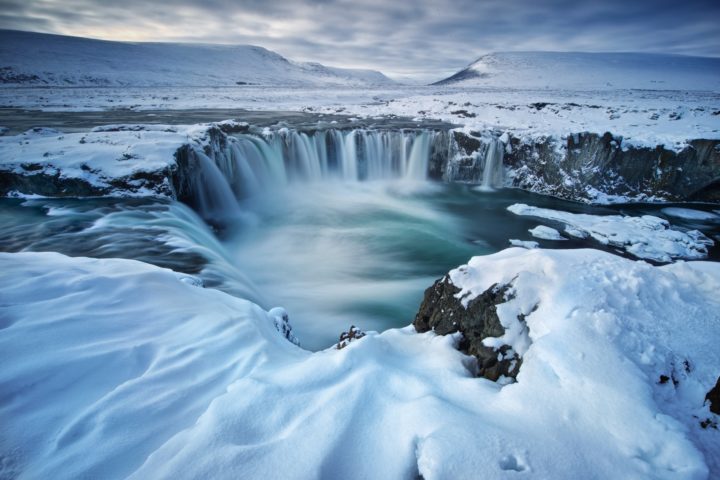
Blue Lagoon As One Of The Iceland’s Most Renowned Attractions In The World
Starting at the New Year by immersing yourself in the breathtaking experience of the Blue Lagoon, one of Iceland’s most celebrated attractions. Conveniently located near the charming town of Grindavík, just a short 20-minute drive from Keflavík Airport, the Blue Lagoon is a geothermal spa that mesmerizes visitors with its stunning milky blue waters. This natural wonder is framed by dramatic black lava rocks, creating a striking juxtaposition that enhances the serene and tranquil atmosphere.
The Blue Lagoon offers more than just a soothing soak; it is a sanctuary for relaxation and rejuvenation. The warm, mineral-rich waters are celebrated for their therapeutic benefits, which can work wonders for the body and mind, especially during the chilly winter months. Guests can indulge in an exquisite face mask made of silica mud, available for free, which works to cleanse and refresh the skin, leaving you feeling revitalized.
Moreover, the lagoon features a swim-up bar where you can sip on refreshing drinks, all while enjoying the unique experience of relaxing in the warm waters surrounded by Iceland’s majestic landscape.
For those seeking an elevated experience, the Blue Lagoon also offers luxurious accommodations at its high-end hotel, where guests can unwind in style. The on-site restaurant provides exquisite culinary delights, complete with breathtaking views of the lagoon, ensuring that every meal is a feast for the senses.
To further enhance your visit, the full-service spa presents an array of indulgent treatments, making it a perfect destination to kickstart your Icelandic adventure with a blend of pampering and relaxation. Whether you’re coming to unwind, explore the unique geological wonders, or simply enjoy the serene environment, the Blue Lagoon promises an unforgettable experience.
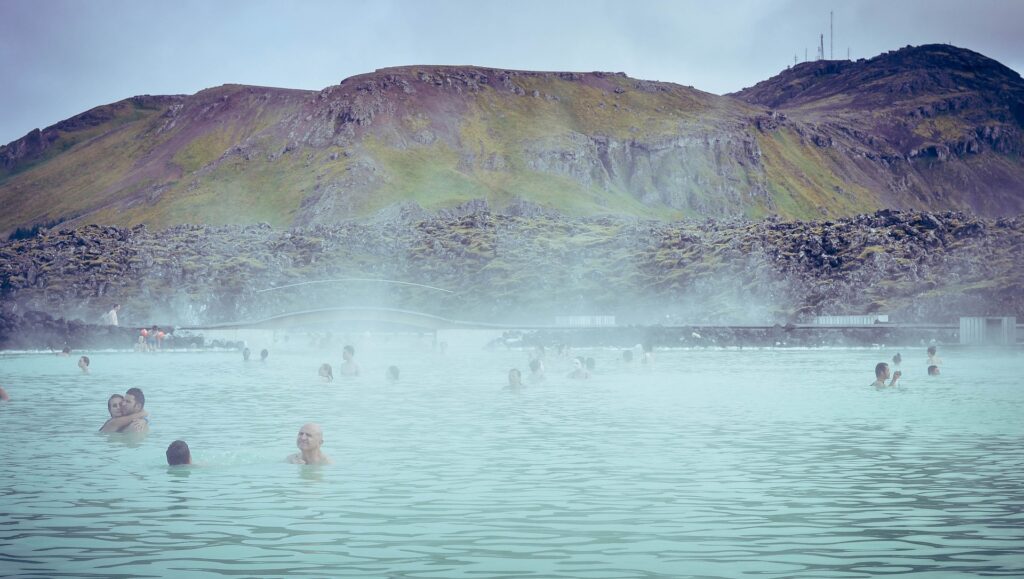
Chasing Magical Experiences In Duration Of The Northern Lights
One of the most enchanting experiences you can have in Iceland is witnessing the mesmerizing beauty of the Northern Lights. These stunning natural phenomena, known as the Aurora Borealis, come alive in a dazzling display of colors that can range from vibrant greens to soft pinks and purples. The best time to witness this breathtaking spectacle is during the long, dark nights of winter, particularly in January when the nights are at their longest and the skies are often remarkably clear.
To fully appreciate the Northern Lights, it’s crucial to escape the bright lights of urban areas. Renting a car from Firefly offers the flexibility and freedom to explore Iceland’s diverse landscapes and find the ideal spot for viewing the auroras.
With your own vehicle, you can venture into the remote countryside, where light pollution is minimal and the chances of spotting the Northern Lights increase significantly. Consider locations like Þingvellir National Park, the Snaefellsnes Peninsula, or the Hvítserkur rock formation, which not only provide darker skies but also breathtaking scenery.
Before you set out on your adventure, be sure to check local aurora forecasts and weather conditions. Websites and apps dedicated to aurora activity can provide valuable insights into the likelihood of a display on a given night.
Patience is essential, as the Northern Lights can be somewhat elusive, often requiring you to wait for hours. However, this anticipation only heightens the magic of the moment when the sky bursts into color and dances above you. The experience of watching these ethereal lights flicker and swirl across the Arctic sky is genuinely unforgettable, making every effort worthwhile.
